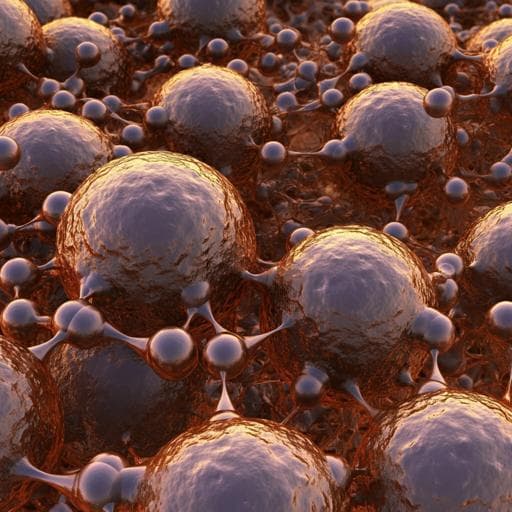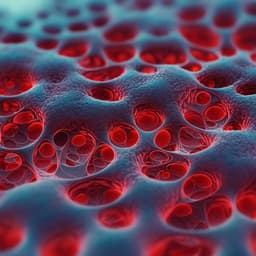
Engineering and Technology
Hollow silica reinforced magnesium nanocomposites with enhanced mechanical and biological properties with computational modeling analysis for mandibular reconstruction
S. Prasadh, V. Manakari, et al.
Explore the groundbreaking research by Somasundaram Prasadh and colleagues on Mg-SiO₂ nanocomposites, which promise remarkable enhancements in biodegradable implants. Their findings reveal how varying silica nanoparticle concentrations can boost strength, corrosion resistance, and biocompatibility, paving the way for innovative solutions in mandibular reconstruction.
~3 min • Beginner • English
Related Publications
Explore these studies to deepen your understanding of the subject.







